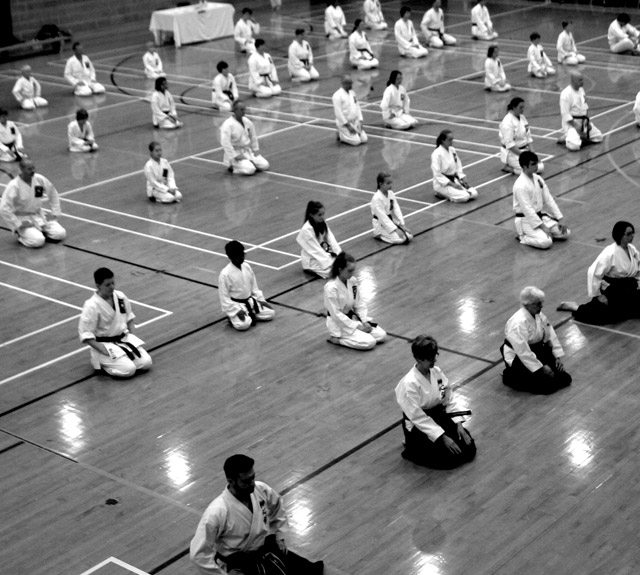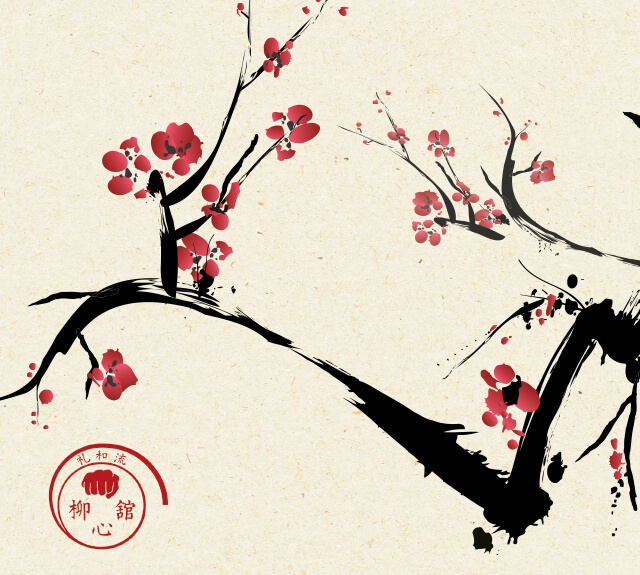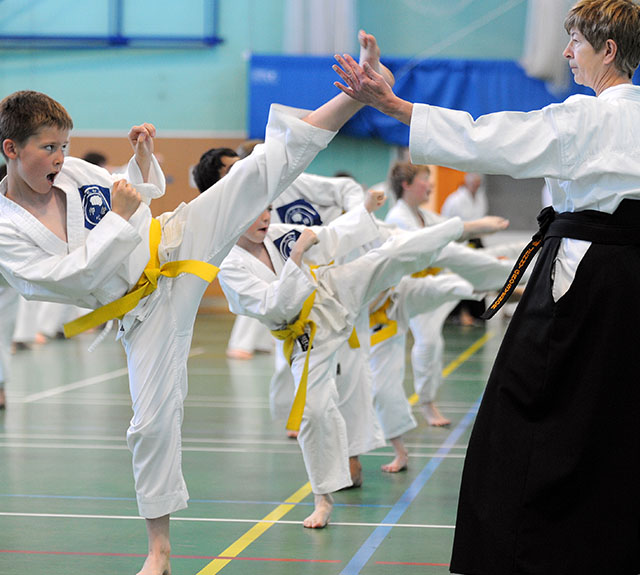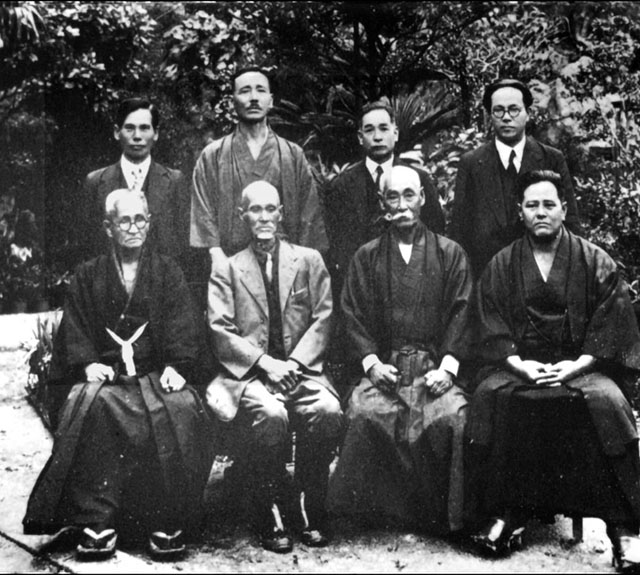Sometimes it is easy to forget the importance of meditation In karate. We can easily get caught up in the psychical form. When we have to remain still or stay focused in kata for example the mind wanders. It can act like a restless monkey that can not sit still.
Whilst kneeling in Mokuso students are asked to sit still We are asked to remaining alert. To clear the mind of thoughts, emotions and feelings. Often students are told to concentrate on their breath but soon a thought, image or feeling jumps in.
Sitting like this you often feel drowsy and the mind can wonder. You also feel twitches, and itches, and your legs often feel uncomfortable and even painful as your mind starts its own little rebellion. But the idea is not to move or scratch, but just to sit, awake with as clear a mind as possible. After a while practicing old emotions or memories also bubble up. You just sit. It can be the most difficult thing.

Over time just sitting can produce internal changes that transform normal perceptions and awareness and develop them beyond the norm. You concentration evolves – toward state of total focused awareness that allows the slightest nuance of perception or intuition to be acknowledged and not be clouded by prior experience, or filtered out by distraction or inattentiveness, or colored by emotion. It allows you yo be there, just there where you are.
At its highest, distinctions between the viewer and others or objects are reduced or even eliminated – a physiological state which allows the unconscious mind and body act freely to use the training programmed into the muscles and auto responses of the body.
We use the practice of meditation to assist us with bringing the mind and body together. The repetitive training of physical techniques allows us to obtain control of our bodies. The practice of meditation is a method of achieving and maintaining inner control. There are hundreds of methods of meditation, and libraries are full of books explaining in great detail systems to follow.
Meditation is a method of trying to see clearly into the nature of the mind, to gain understanding of the way things are by the way of direct experience rather than opinion or theory. It gives rise to a sense of deep calm that comes from knowing oneself beyond any doubt. In karate-do it is the method to stay calm and focused to be free from wishing to move on to the next kata.
The following information is offered only as a guidance to those wishing to explore and develop a deeper understanding of the practice of meditation.
Option 1 : Sitting / Kneeling
Sitting is the best posture for focussing the mind on the body. The posture must be held with a combination of stillness and energy. Keep the back straight without strain, the lower back not arched inwards without slumping forwards, with the shoulders relaxed. Tilt the chin slightly down, but do not allow the head to loll forward. Place palms on the lap, palms up, one resting on the other, with palms touching.
The eyes can be closed lightly leaving a little light to enter or closed. The tip of the tongue can just rest on the upper palette just behind the teeth. As you settle the mind just become aware of the breath passing in and out at the tip of the nose.
Then begin to notice the soft movement of the stomach moving in and out. Then notice as the breath passes in through the nose the stomach moves out, and then softly the air passes out through the nose as the stomach moves in. Just let your attention follow this patten. Just be aware of this rise and fall. If your mind gets distracted thats ok, just return your attention to the connection between the movement of the stomach and the breath at the tip of the nose.
For longer practices a cushion can be used either kneeling or sitting crossed legs. Find a time and place which affords calm and where you are free from disturbance. Set aside some time outside normal routine say early morning or evening after work. Begin with 15 minutes or so. (To develop your meditation you could attend Sunday morning sessions starting at 7.30 am)
Option 2 : Awareness of the Body
Sweep the body, paying attention to each part in turn, note sensations, relax tensions, particularly the face, neck, and hands; allow eyelids to close or half close.
Investigate feeling, expectant or tense; relax attention a little. The mind will calm, thoughts may drift in; instead of following or contending with these thoughts, bring more attention to the body which is a useful anchor for the wandering mind. Cultivate a spirit of enquiry; take your time.
Option 3: Mindfulness of Breathing
After body sweeping, concentrate on the breath. Follow the sensation of the ordinary breath as it flows through the nostrils and fills the chest and abdomen. Then try maintaining your focus at one point, either at the rise and fall of the abdomen, or for a more refined focus, at the nostrils or upper lip. Breath has a calming tranquilizing quality, steady and relaxing, if you don’t force it. Your mind may wander, but keep returning to the breath






